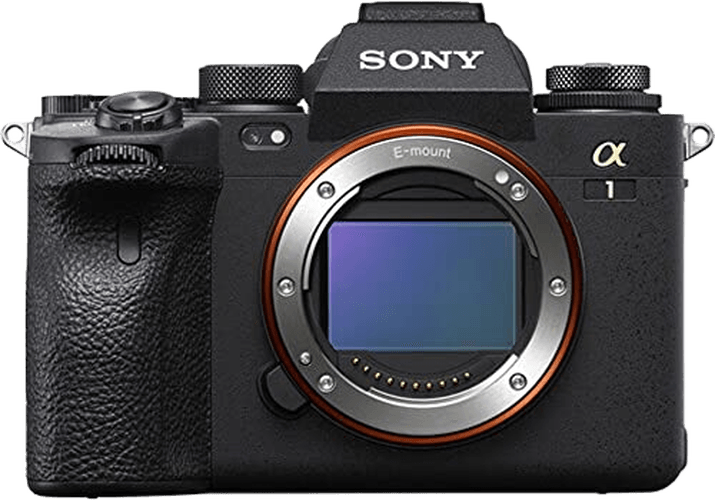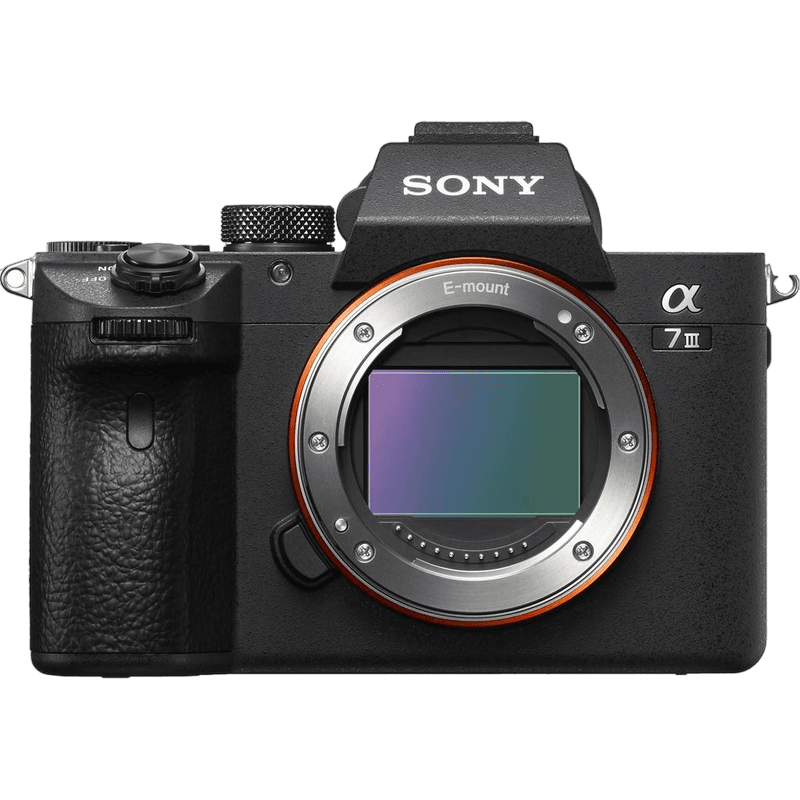Sony a1 vs a7 III Comparison
Sony a1

Sony a7 III

The Sony a1 takes the lead with a score of 86/100, while the Sony a7 III follows closely with a score of 80/100. Both cameras are mirrorless, with the a1 being released in 2021 and the a7 III in 2018. They share similar dimensions, but the a1 is slightly larger and heavier, measuring 129 x 97 x 81mm and weighing 737g, compared to the a7 III at 127 x 96 x 74mm and 650g.
The Sony a1 outperforms the a7 III with its higher score, reflecting its advanced features and capabilities. However, the a7 III has the advantage of a significantly lower launch price of $2000, compared to the a1’s hefty $6499 price tag.
Taking these factors into account, the Sony a1 is the superior camera in terms of performance and features, while the Sony a7 III offers a more budget-friendly option without sacrificing too much quality. Ultimately, the choice between these two cameras depends on the user’s priorities and budget.
Sony a1 vs a7 III Overview and Optics
The Sony a1 outperforms the Sony a7 III in optics with a score of 89/100 compared to 81/100. Both cameras share several key specifications, including a CMOS sensor, full-frame sensor size, Sony FE lens mount, and image stabilization. Despite these similarities, the Sony a1 exceeds the Sony a7 III in specific areas, contributing to its higher score.
The Sony a1’s superiority is evident in its 50.1-megapixel resolution, far surpassing the Sony a7 III’s 24.2 megapixels. This higher resolution allows the a1 to capture more detail and produce sharper images. Additionally, the a1 boasts a faster shooting speed of 30 frames per second (fps) compared to the a7 III’s 10 fps. This faster speed enables the a1 to excel in capturing fast-moving subjects and action scenes.
Furthermore, the Sony a1 is equipped with a dual Bionz XR processor, while the a7 III uses a single Bionz X processor. This difference in processing power results in the a1’s improved performance and speed. The a1 also has a slightly higher DXOMARK sensor score of 98, compared to the a7 III’s 96, indicating marginally better image quality.
The Sony a7 III, however, has its advantages. Its lower resolution and slower shooting speed contribute to a more affordable price point compared to the a1. For photographers on a budget or those who do not require the highest resolution and speed, the a7 III remains a viable and high-quality option.
Considering these factors, the Sony a1 emerges as the superior camera in terms of optics, with its higher resolution, faster shooting speed, and improved processing power. The Sony a7 III remains a strong contender for those prioritizing affordability without sacrificing quality.
Sony a1 vs a7 III Video Performance
The Sony a1 outperforms the Sony a7 III in video capabilities, with a score of 86/100 compared to the a7 III’s 56/100. Both cameras share some common video features, such as the lack of built-in time-lapse functionality. However, the differences in video specifications are significant, with the Sony a1 offering superior performance in several aspects.
The Sony a1’s maximum video resolution is 8K, providing 7680 x 4320 pixels, which is four times higher than the Sony a7 III’s 4K resolution of 3840 x 2160 pixels. This higher resolution allows the Sony a1 to capture more detail and produce sharper video footage. Additionally, the Sony a1 boasts a maximum video frame rate of 120fps, enabling users to create smooth slow-motion videos. In contrast, the Sony a7 III’s maximum frame rate is limited to 30fps, which restricts its slow-motion capabilities.
Despite its lower video score, the Sony a7 III still has its merits. Its 4K resolution is suitable for most video applications, including content creation and professional work. Additionally, the camera’s 30fps frame rate is sufficient for capturing smooth video footage in everyday situations.
When comparing the video capabilities of the Sony a1 and Sony a7 III, the a1 holds a clear advantage with its higher video resolution and frame rate. The a1’s features make it an excellent choice for professionals and enthusiasts who require top-quality video performance. On the other hand, the Sony a7 III’s video specifications are still adequate for many users, and it remains a solid option for those who do not need the advanced video capabilities offered by the a1.
Sony a1 vs a7 III Features and Benefits
The Sony a1 outperforms the Sony a7 III with a feature score of 83/100 compared to 81/100. Both cameras share common specifications, including a 3-inch screen size, touchscreen capabilities, flip screen, GPS absence, Wi-Fi, and Bluetooth connectivity.
The Sony a1 excels in screen resolution, boasting 1,440,000 dots compared to the Sony a7 III’s 921,600 dots. This higher resolution provides a clearer and more detailed display, enhancing user experience when composing shots and reviewing images.
Although the Sony a1 leads in feature score and screen resolution, the Sony a7 III still offers strong competition. Both cameras possess a touchscreen and flip screen, enabling users to easily navigate menus and compose shots from various angles. Additionally, both lack GPS but offer Wi-Fi and Bluetooth connectivity, ensuring users can transfer images and control the cameras remotely.
Despite the Sony a1’s superior feature score and screen resolution, the Sony a7 III remains a viable option for photographers. Its features are comparable to the Sony a1, and it may provide better value for those with a tighter budget or specific needs.
Ultimately, the Sony a1 holds an advantage in features and screen resolution, while the Sony a7 III remains competitive with its similarities in other specifications. Photographers should carefully consider their personal requirements and budget when choosing between these two cameras.
Sony a1 vs a7 III Storage and Battery
The Sony a1 outperforms the Sony a7 III in storage and battery with a score of 73/100 compared to 68/100. Both cameras share two memory card slots and utilize the NP-FZ100 battery type. The a1 accepts SD and CFexpress Type A cards, with UHS-II compatibility, while the a7 III takes SD, SDHC, SDXC, and Memory Stick Duo, Pro Duo, and Pro-HG Duo cards.
The superior storage capabilities of the Sony a1 contribute to its higher score. The use of CFexpress Type A cards and UHS-II compatibility offer faster read and write speeds, enhancing overall performance. Additionally, the a1 has USB charging, providing more flexibility and convenience for users.
Despite its lower score, the Sony a7 III excels in battery life with 750 shots, significantly more than the a1’s 530 shots. This advantage may appeal to photographers who prioritize longer shooting sessions without needing to recharge or swap batteries.
Considering these factors, the Sony a1 offers better storage options and USB charging, while the Sony a7 III provides longer battery life. Users should weigh these differences according to their specific needs and preferences when choosing between the two cameras.
Sony a1 vs a7 III – Our Verdict
Are you still undecided about which camera is right for you? Have a look at these popular comparisons that feature the Sony a1 or the Sony a7 III:
